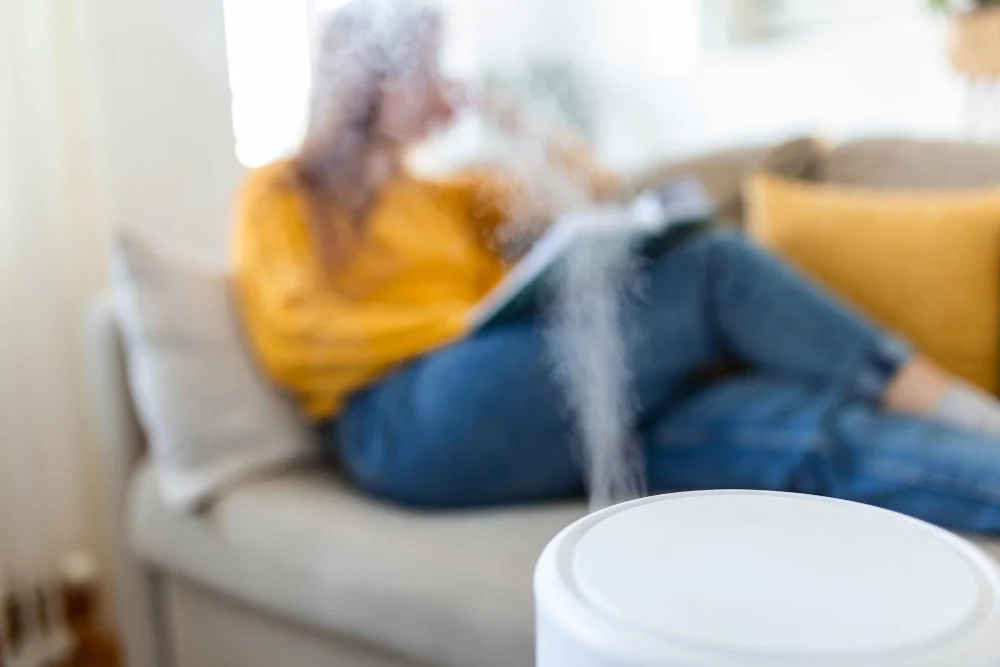With people spending upwards of 90% of their time indoors, the quality of air we breathe within our homes and workplaces has become critically important. Indoor air quality affects not just our day-to-day comfort but significantly influences our long-term health and cognitive abilities. Though often overlooked, understanding and enhancing the air in our living spaces represents one of the most powerful ways to improve overall wellbeing.
What Is Indoor Air Quality and Why Does It Matter?
Indoor air quality (IAQ) describes the condition of air within enclosed environments, characterized by pollutant levels and comfort factors. The typical indoor space contains numerous potential contaminants—from dust and mold spores to volatile organic compounds (VOCs), pet dander, and cooking particulates. When IAQ deteriorates, it can trigger a cascade of health issues: allergic reactions, worsened asthma symptoms, headaches, unexplained fatigue, respiratory irritation, and connections to more serious health conditions over time.
The health implications become particularly concerning for vulnerable populations. Children, the elderly, and individuals with pre-existing respiratory conditions often experience more severe reactions to contaminated indoor air, making IAQ improvement a crucial health consideration for many households.
Key Factors Affecting Indoor Air Quality
Several critical elements determine the quality of air in our indoor environments:
- Ventilation: Without adequate air exchange, pollutants accumulate rapidly. Proper airflow serves the essential function of diluting and removing airborne contaminants.
- Humidity levels: The moisture balance indoors creates distinct challenges—too much encourages biological growth, while too little causes respiratory discomfort.
- Household products: Everyday items like cleaning supplies, fresh paint, and even new furnishings release VOCs that can irritate sensitive respiratory systems.
- Biological contaminants: Unseen organisms like mold, bacteria, and dust mites flourish in certain indoor conditions, significantly contributing to poor air quality.
Modern air quality monitors have become valuable tools, helping homeowners identify potential problems before they manifest as health issues and providing actionable data to guide improvement efforts.
Practical Strategies to Improve Indoor Air Quality
Enhancing your indoor air environment doesn’t necessarily require complex or expensive interventions. Effective approaches include:
- Establishing consistent cleaning routines that minimize dust and allergen buildup
- Deploying air purifiers with HEPA filtration to capture microscopic airborne particles
- Ensuring sufficient ventilation, particularly in moisture-prone areas like bathrooms and kitchens
- Selecting low-VOC alternatives for home maintenance products and decorative materials
Key Takeaway: The combination of regular ventilation and effective particle filtration addresses the majority of common indoor air quality concerns while delivering notable health benefits.
The Role of Humidity in a Healthy Indoor Environment
Maintaining humidity levels between 30-50% creates the sweet spot for respiratory health and overall comfort. When indoor air becomes excessively dry, it leads to irritated sinuses, cracked skin, and heightened vulnerability to respiratory infections. On the flip side, excessive moisture creates the perfect breeding ground for mold and dust mites. To achieve this delicate balance, many households rely on devices like humidifiers to regulate moisture levels and support comprehensive air quality.
Real-World Scenarios: Improving Air Quality at Home and Work
Consider the experience of one family who tackled persistent allergy symptoms through a multi-faceted approach: improving ventilation systems, controlling indoor humidity, and implementing strategic air filtration. Their efforts yielded tangible results—significantly reduced reliance on allergy medications and noticeably improved sleep quality. In the workplace, an office that invested in upgrading its air filtration systems reported measurable benefits: fewer employee sick days and enhanced concentration among staff members.
Expert Insights: What the Science Says
The Environmental Protection Agency (EPA) ranks indoor air pollution among the top five environmental health risks, noting the concerning fact that indoor air typically contains 2-5 times more pollutants than outdoor air. Adding weight to these findings, the World Health Organization emphasizes that addressing indoor air quality represents a cost-effective intervention with substantial public health benefits, particularly in reducing the burden of respiratory and cardiovascular diseases.
Creating a Healthier Indoor Space
The air quality within our homes and workplaces profoundly shapes our health, comfort, and productivity. By understanding the complex factors affecting indoor air and implementing targeted improvements—especially regarding ventilation, humidity control, and pollutant reduction—we can transform our environments into spaces that nurture rather than compromise our wellbeing. The cumulative effect of small, consistent changes to how we manage our indoor spaces can yield remarkable long-term health benefits for ourselves and our loved ones.


